
How to unclog a dogs stomach?
When a dog that is usually lively and active suddenly becomes listless, with a bulging abdomen and even vomiting frequently, the distressing appearance makes every owner anxious.
Having a cute dog at home is like injecting endless vitality into life. Every wag of their tail and every bark can easily dispel the haze in our hearts. But there is a disease that is like a demon lurking in the dark, ruthlessly threatening the health and happiness of dogs, and that is hip dysplasia. This disease invades the hip joints of dogs, causing them unbearable pain and greatly reducing their quality of life. If you want to protect your dog, it is urgent to have a deeper understanding of the causes of hip dysplasia.
Genes play a dominant role in the formation of hip dysplasia in dogs. Some dog breeds seem to be shrouded in doom from birth, especially large and giant dog breeds. German Shepherds, Labrador Retrievers, Great Danes, etc., carry specific genes that cause the hip joints to deviate from the normal track during the embryonic development stage. In a normal hip joint, the ball and socket structure are closely connected to ensure that the dog can move freely. However, due to genetic influence, the acetabulum of these dogs may be born too shallow, and the femoral head is difficult to fit perfectly with the acetabulum. This congenital structural defect is like a time bomb, which gradually causes a series of joint problems as the dog grows up. Seeing these gentle dogs who are full of dependence on their owners have to endure pain and torture just because of their breed inheritance, how can it not make people feel heartbroken.
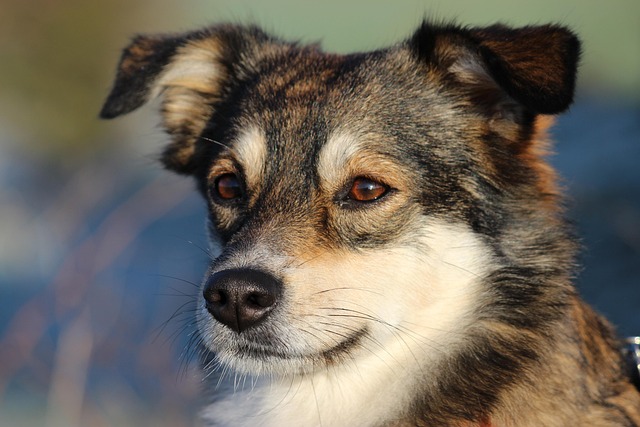 The environment in which puppies grow up has a profound impact on the development of hip joints. When they are puppies, they are full of energy, curious about everything around them, and always explore wantonly. However, premature and excessive activities, especially frequent jumping and intense play, will put a heavy burden on the immature hip joints. Imagine a puppy, jumping from a high place again and again excitedly. The immature hip joint is easily disturbed by repeated impacts, and the bone growth direction is gradually deformed. On the contrary, a serious lack of exercise is also a big problem. If puppies are confined in a small space for a long time, they lack the necessary exercise, and the muscles around the hip joint cannot be fully exercised. These muscles are like loyal guards, guarding the hip joints. If they lack exercise, they will not be able to provide adequate support and stability for the hip joints, making them more vulnerable to injury during daily activities.
The environment in which puppies grow up has a profound impact on the development of hip joints. When they are puppies, they are full of energy, curious about everything around them, and always explore wantonly. However, premature and excessive activities, especially frequent jumping and intense play, will put a heavy burden on the immature hip joints. Imagine a puppy, jumping from a high place again and again excitedly. The immature hip joint is easily disturbed by repeated impacts, and the bone growth direction is gradually deformed. On the contrary, a serious lack of exercise is also a big problem. If puppies are confined in a small space for a long time, they lack the necessary exercise, and the muscles around the hip joint cannot be fully exercised. These muscles are like loyal guards, guarding the hip joints. If they lack exercise, they will not be able to provide adequate support and stability for the hip joints, making them more vulnerable to injury during daily activities.
Nutrition plays a key role in the health of a dog's hip joints. Overfeeding high-energy foods will cause puppies to gain weight too quickly and disrupt the rhythm of bone development. Although chubby puppies may seem cute, they actually hide huge dangers. Too fast a growth rate causes bone development to far exceed the maturity of the joint structure, resulting in fragile and unstable joints. At the same time, if the diet lacks nutrients that are essential for joint health, such as glucosamine and chondroitin, it will also increase the risk of hip dysplasia. These nutrients act as lubricants and repair agents for joints, which can maintain the elasticity and integrity of the hip joint cartilage. Once missing, the cartilage will gradually wear and degenerate, causing pain and inflammation, making every step painful for the dog.
The way we raise puppies is also closely related to the development of the hip joint. Using a collar that is too tight will inadvertently change the force on the dog's neck and shoulders, thereby affecting its posture and gait. If a dog walks in an abnormal way, it will eventually put extra pressure on the hip joint. Long-term unreasonable use of dog cages and restrictions on the dog's activity space will also hinder the normal development of the hip joint. Every seemingly insignificant detail of raising a dog may become a key factor affecting the health of the dog's hip joint.
As dog owners, we shoulder the sacred mission of protecting their health. In order to reduce the risk of hip dysplasia in dogs, when selecting puppies, we should carefully choose breeders who focus on hip health selection. In daily feeding, carefully prepare a nutritionally balanced diet, arrange the amount of exercise reasonably according to the age, weight and activity of the dog, and create a safe and suitable space for the puppies. When we see dogs running and playing carefree, we are full of hope that they can stay away from the pain of hip dysplasia and spend a good time with us for a long time. Every dog deserves a healthy and happy life. By deeply understanding the causes of hip dysplasia, we have the ability to take effective measures to make this expectation a reality. Let us interpret our love for dogs with actions and escort their health.

When a dog that is usually lively and active suddenly becomes listless, with a bulging abdomen and even vomiting frequently, the distressing appearance makes every owner anxious.
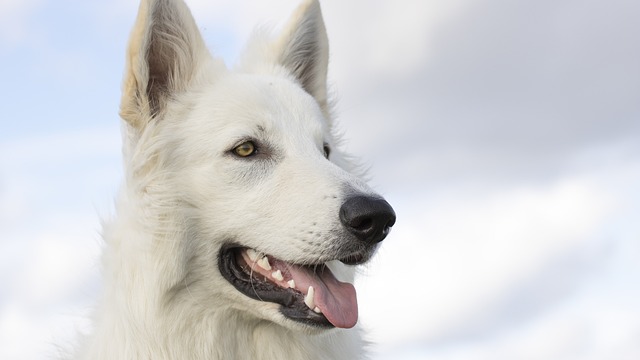
When a pet dog has a fungal infection, the owner is often extremely anxious and eager to know how long it will take for the dog to recover. This is not only related to the dog's health but also tugs at the owner's heart.
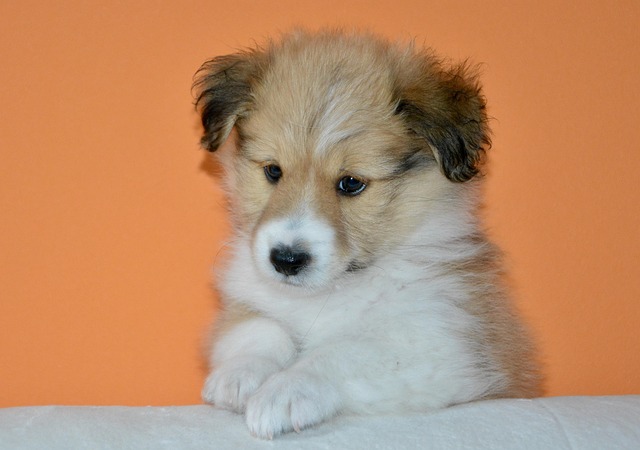
When we gently stroke the ears of our pet dogs, feel the soft touch, and watch them enjoy this tenderness, our hearts are filled with warmth. However,
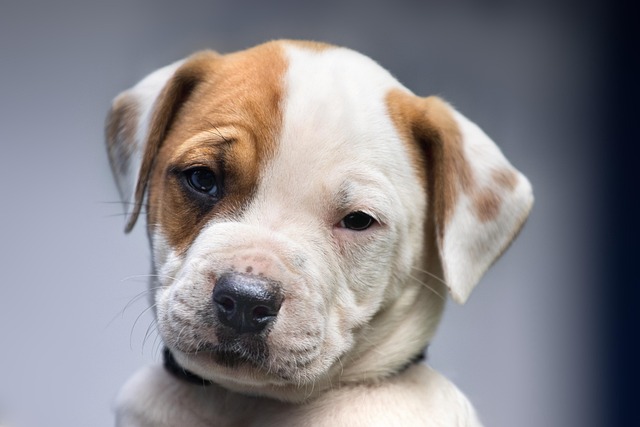
When the furry little puppy wagged its tail and stumbled towards us, its innocence and dependence instantly melted our hearts. However, when we find that the little guy who is usually lively and energetic suddenly starts to have diarrhea,

When we stroke the soft fur of dogs, watch them wag their tails happily, and enjoy the warm time together, our hearts are always filled with happiness.
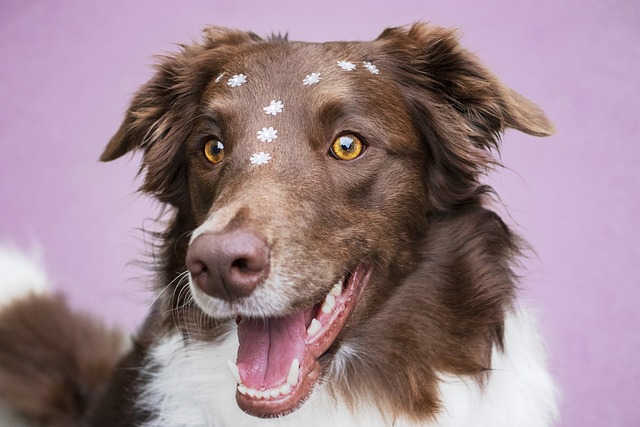
When we see the dog squatting in the corner, straining hard but having difficulty defecating smoothly, and its originally lively eyes full of discomfort and helplessness,